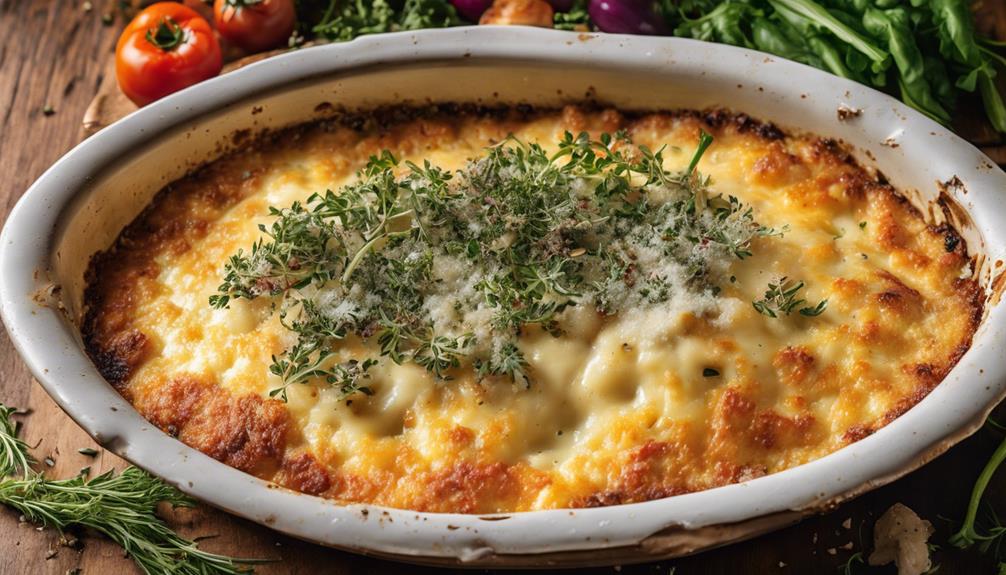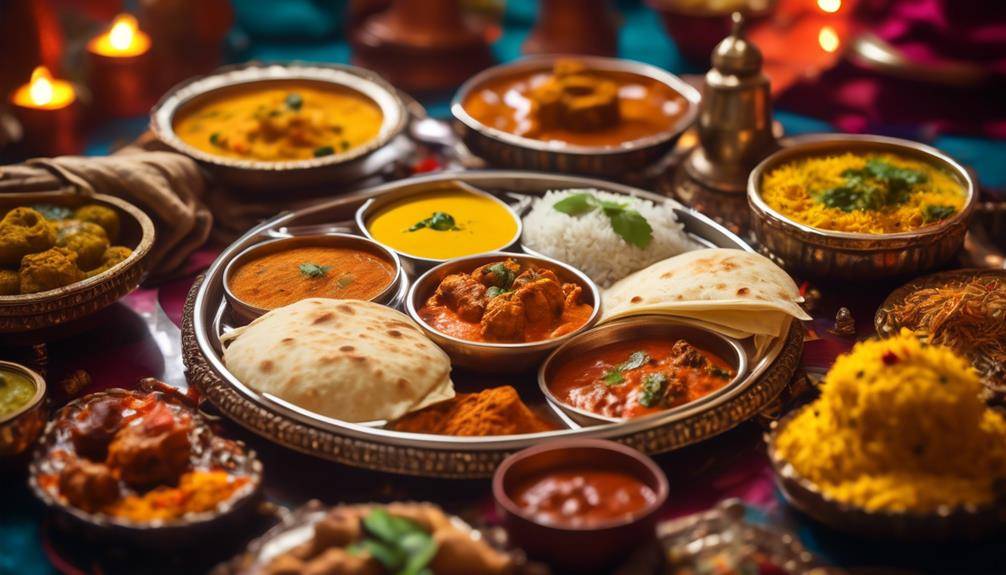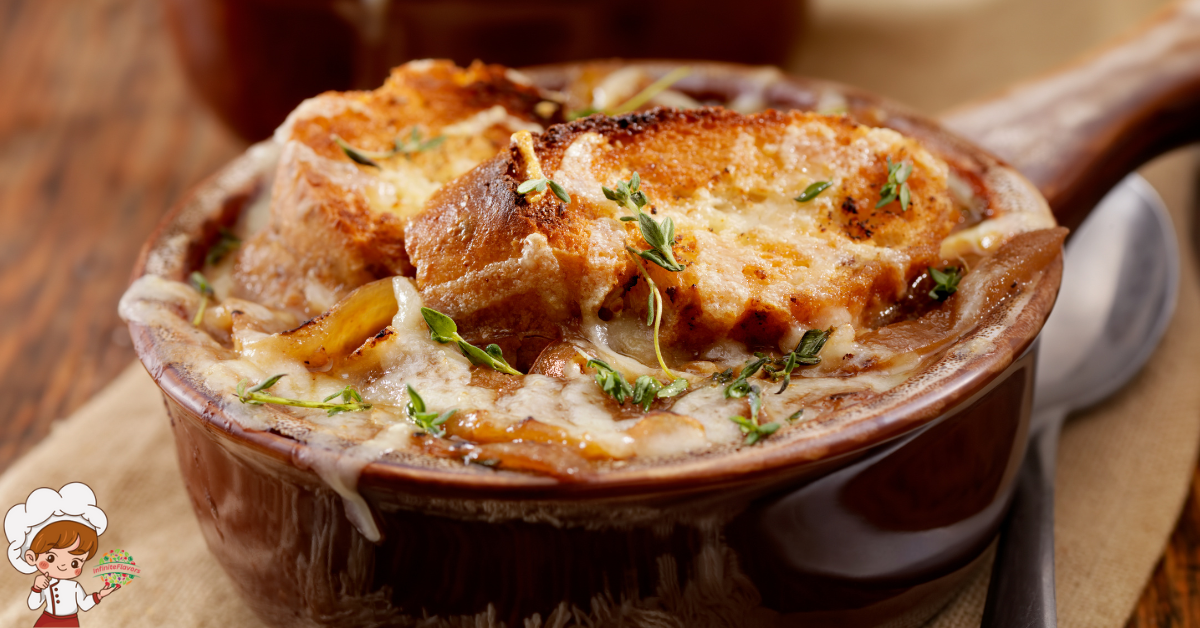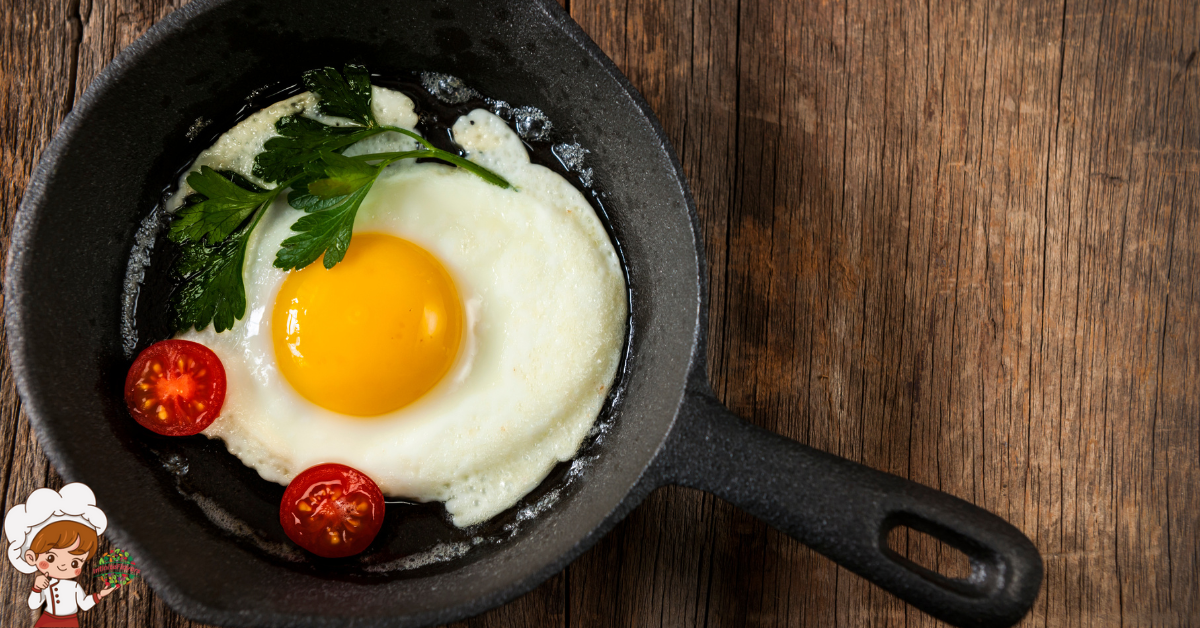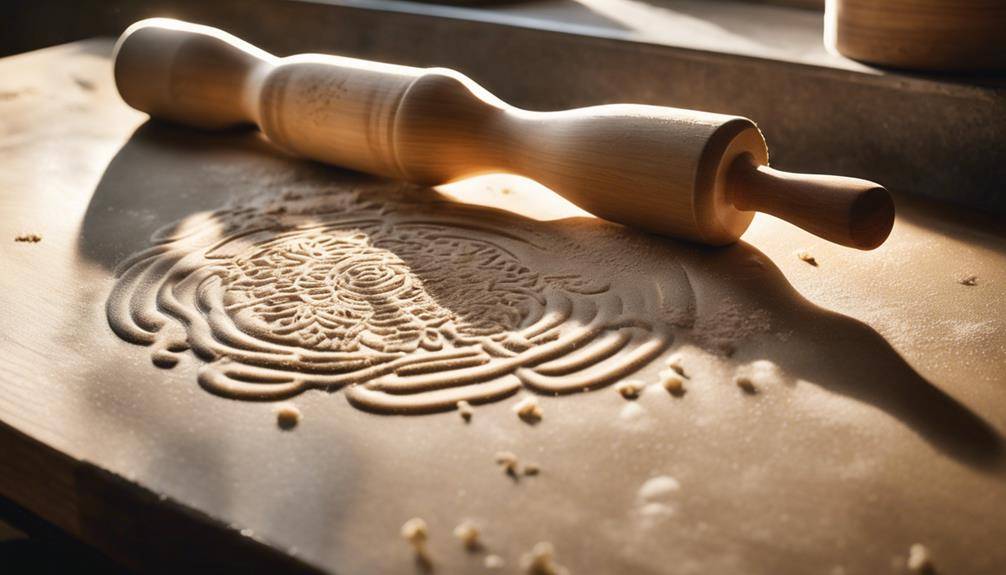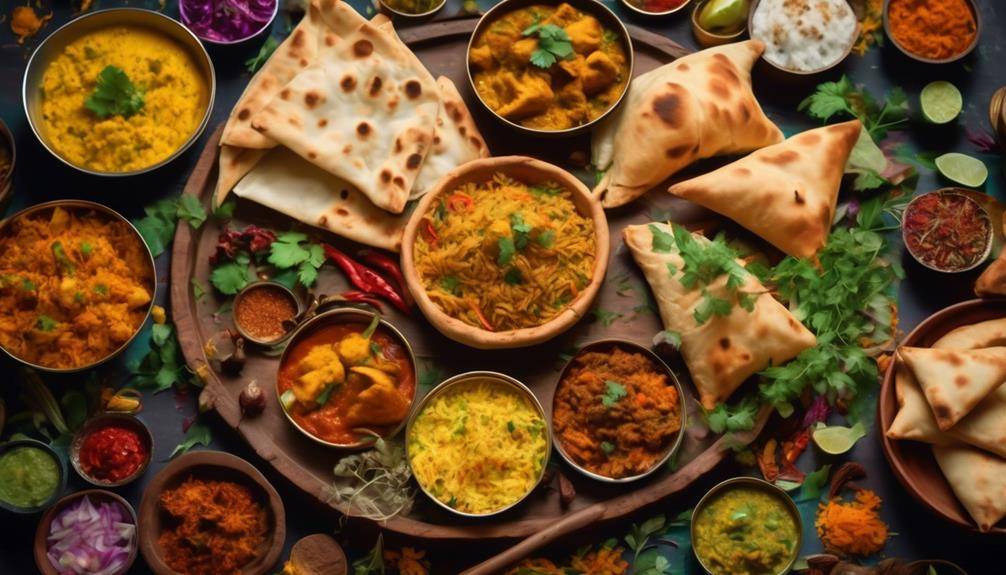The Amazing Use Of 3D Food Printing In Military Ration
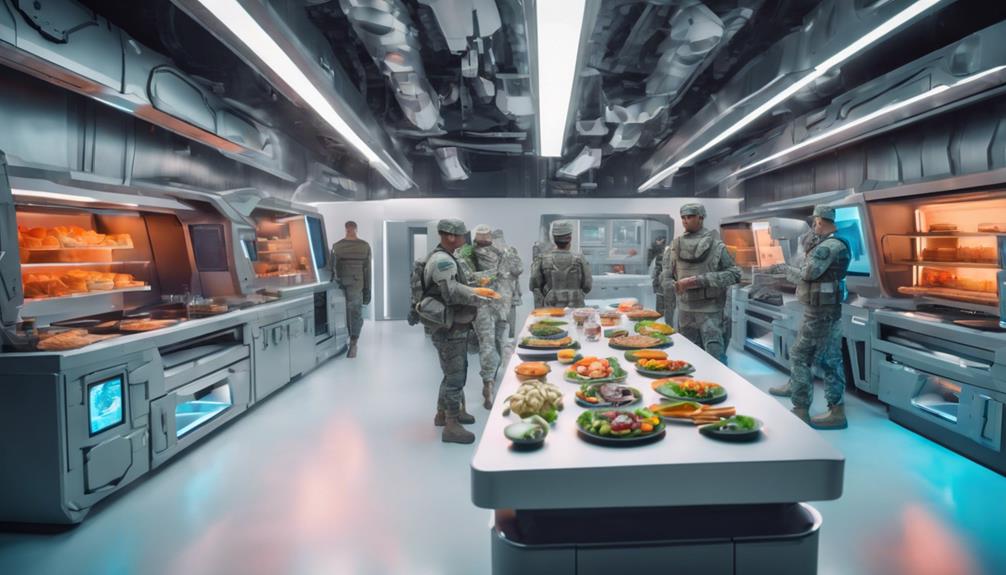
3D Food Printing In Military Ration; 3D food printing’s making a significant impact on military rations by allowing you to customize meals that meet your specific nutritional needs. This technology enhances the variety of flavors and textures you’ll enjoy, reducing menu fatigue in the field. With on-demand meal preparation, you can have fresh, nutrient-dense options tailored for energy and recovery. It also minimizes waste by using available ingredients efficiently. This shift not only boosts morale but guarantees you stay at peak performance during missions. Stick around to discover more about how this innovative approach could change military dining for the better.
Overview of 3D Food Printing
3D food printing, at its core, combines technology and culinary creativity to produce edible items layer by layer. This innovative approach leverages recent technology advancements, allowing you to customize meals with precision and speed. By using food-safe materials, you can create intricate shapes and textures that traditional cooking methods simply can’t achieve.
As you explore this fascinating field, you’ll notice its potential to enhance food sustainability. With the ability to design meals based on available ingredients, you can greatly reduce waste. Instead of discarding leftovers, you can repurpose them into new creations, optimizing resources efficiently. This not only helps the environment but also allows for a more sustainable food system.
Moreover, 3D food printing opens up new avenues for nutrition. You can tailor meals to meet specific dietary needs, ensuring that every bite is both delicious and wholesome. This technology empowers you to think outside the box, merging science and art in your kitchen. Ultimately, 3D food printing represents a revolutionary shift in how we perceive meal preparation, making it an exciting practice for those who embrace innovation in food.
Benefits for Military Personnel
3D food printing offers you enhanced nutritional value, ensuring you get the right fuel for demanding missions. It also reduces waste generation, allowing for more efficient use of resources. Plus, customizable meal options let you enjoy food tailored to your preferences and dietary needs.
Enhanced Nutritional Value
Military personnel often face unique challenges regarding nutrition in the field, and 3D food printing can greatly enhance their dietary options. With the ability to customize meals on-site, you can achieve nutritional optimization tailored specifically to your needs. This technology allows for the precise formulation of nutrients, guaranteeing that every meal supports your energy requirements and recovery.
Using advanced food science, 3D food printers can create meals that incorporate a wide variety of ingredients, including proteins, vitamins, and minerals. This means you can enjoy a diverse diet that goes beyond standard rations, helping you maintain peak physical and mental performance during missions. You can include whole grains, fruits, and even supplements to address specific deficiencies, all while enjoying meals that taste great.
Moreover, the customization aspect means that dietary restrictions, such as allergies or preferences, can be easily accommodated. This not only enhances your meal experience but also guarantees you get the necessary nutrients without compromising your health. In short, 3D food printing provides a significant advantage in delivering enhanced nutritional value, making your time in the field more manageable and effective.
Reduced Waste Generation
With enhanced nutritional value comes the added benefit of reduced waste generation. As a military personnel, you know that efficient resource use is critical, especially in demanding environments. 3D food printing allows for precise meal preparation, ensuring that every ingredient serves a purpose. This technology generates less food waste compared to traditional ration methods, which often lead to excess or spoiled items.
By implementing sustainability practices in your rations, food printers can create meals tailored to your specific nutritional needs without producing unnecessary leftovers. This not only enhances your dietary experience but also aligns with modern waste management strategies aimed at minimizing environmental impact.
When you consume meals designed for your exact requirements, the chances of food being discarded are greatly reduced. This approach fosters a more responsible use of resources, which is essential in military operations.
Ultimately, embracing 3D food printing helps you enjoy better meals while contributing to sustainability goals. You play a part in reducing waste and promoting efficient practices, ensuring that your rations are not only nourishing but also environmentally friendly.
Customizable Meal Options
Customizable meal options can greatly enhance your dining experience in the field. With advancements in 3D food printing, you can enjoy meals tailored to your personal preferences and dietary restrictions. Imagine being able to choose flavors and ingredients that you love, making your ration more enjoyable and satisfying.
When you’re deployed, eating the same meals repeatedly can lead to boredom and decreased morale. Customizable options allow you to mix and match ingredients, ensuring you’re less likely to experience menu fatigue. This personalization not only boosts your mood but also helps maintain your energy levels during demanding missions.
Furthermore, accommodating specific dietary restrictions is essential for your health and performance. Whether you’re vegetarian, have food allergies, or require specific nutritional needs, 3D food printing can provide safe and suitable meal choices. You won’t have to compromise on your diet, which can enhance your overall well-being.
In essence, customizable meal options through 3D food printing can transform military rations into something you actually look forward to, fostering a healthier and more enjoyable eating experience during your service.
Customization and Nutritional Value
With 3D food printing, you can enjoy meals tailored to your specific nutritional needs, ensuring peak performance. Imagine having the ability to prepare meals on demand, customized to your taste preferences for flavor and texture. This technology not only enhances your dining experience but also supports your health on the field.
Tailored Nutritional Profiles
Tailoring nutritional profiles through 3D food printing allows military personnel to receive meals that meet their specific dietary needs and preferences. Imagine having the power to customize your meals based on your unique nutritional requirements. With this innovative technology, you can guarantee that each meal is designed for nutritional optimization, helping you stay fit and focused during demanding missions.
You can choose various ingredients that align with your dietary preferences, whether you’re looking for higher protein, lower carbohydrates, or additional vitamins and minerals. This level of customization means that you won’t have to compromise on taste or nutrition, even in the field.
Moreover, 3D food printing can help address specific health conditions or restrictions, such as gluten intolerance or allergies. By controlling the composition of your meals, you can avoid ingredients that don’t suit your body while still enjoying a satisfying and nutritious dish.
In this way, military rations evolve from generic options to personalized meals that truly support your health and performance. Tailored nutritional profiles through this advanced technology guarantee that you’re always ready to tackle whatever challenges come your way.
On-Demand Meal Preparation
On-demand meal preparation revolutionizes the way military personnel access nutrition in the field, ensuring each meal is not only satisfying but also nutritionally balanced. With advanced cooking technology, you can experience meal personalization like never before. Imagine being able to select ingredients that meet your specific dietary needs or preferences, all while ensuring you receive ideal nutrition.
This innovative approach allows you to customize meals based on your energy requirements, activity level, and even personal taste. You’re no longer stuck with generic rations that may not suit your needs. Instead, you can enjoy meals tailored to bolster your performance and well-being.
The ability to print food on-demand means you can have fresh, nutrient-dense options at your fingertips, minimizing waste and maximizing efficiency. This technology empowers you to take control of your diet, ensuring you’re fueled and ready for any mission.
As you embrace this new era of meal preparation, you’ll find that eating in the field becomes not just a necessity, but a satisfying experience that supports your health and performance.
Flavor and Texture Variety
The ability to customize meals extends beyond just ingredients; it also encompasses flavor and texture, transforming your dining experience. With 3D food printing, you can initiate a taste exploration that allows you to create a variety of flavors and textures tailored to your preferences. Imagine enjoying a meal that not only meets your nutritional needs but also excites your palate.
By adjusting the composition of your rations, you can craft dishes that are savory, sweet, or spicy, providing the sensory experience you crave. You can choose to combine crunchy elements with creamy sauces, or perhaps create a chewy texture paired with zesty flavors. The possibilities are endless, ensuring that every bite is not just sustenance but also a delightful experience.
This customization also plays an essential role in maintaining morale during extended military missions. When you’re eating food that pleases your senses, it can enhance your overall mood and performance. So, whether you’re craving a hearty stew or a zesty snack, 3D food printing allows you to redefine your military rations, making them as enjoyable as they are nutritious.
Logistics and Supply Chain Efficiency
Efficient logistics and supply chain management are essential for ensuring that military personnel receive the nourishment they need in a timely manner. 3D food printing technology greatly streamlines these processes by allowing for localized production of meals, reducing reliance on long supply chains. With this approach, you can achieve significant supply chain optimization. Instead of relying on pre-packaged meals transported from distant locations, you can produce fresh, customized meals on-site, tailored to the specific dietary needs of troops.
By integrating logistics technology into your operations, you can address challenges like spoilage and waste. 3D food printers use shelf-stable ingredients, which means you can store raw materials longer without compromising quality. This capability enhances your ability to manage inventory efficiently, ensuring that ingredients are always available when needed.
Moreover, localized meal production can lead to quicker response times in replenishing rations, keeping troops well-fed during critical missions. Overall, adopting 3D food printing within military logistics not only optimizes supply chains but also supports the health and performance of personnel in the field. Embracing this innovative technology could transform how military rations are prepared and delivered.
Case Studies and Applications
Exploring real-world applications of 3D food printing reveals its transformative potential in military settings. You can see how this food technology enhances military applications by creating meals tailored to soldiers’ needs. For example, 3D printing can address dietary restrictions, providing options for those with specific nutritional requirements while ensuring meals remain flavorful and enjoyable.
By utilizing innovative cooking methods, 3D printers can produce meals that not only meet nutritional science standards but also support food sustainability. This means soldiers can enjoy fresh, nutritious options without relying heavily on traditional supply chains, reducing waste and enhancing food preservation.
One case study showcases a military unit employing 3D printing to create customized rations on-site, allowing for meal innovation that adapts to changing conditions and preferences. This approach not only boosts morale but also streamlines supply chain management by minimizing the need for extensive logistics.
As you consider these applications, it’s clear that 3D food printing isn’t just about convenience; it’s about revolutionizing how we think about military dining, ensuring soldiers receive the nourishment they need to perform at their best.
Future Trends in Military Dining
Looking ahead, military dining is set to undergo significant transformations driven by technological advancements and changing soldier needs. You can expect to see more personalized meal options that cater to individual dietary requirements and cultural preferences. As soldiers are deployed around the world, ensuring their meals resonate with their backgrounds becomes vital for morale.
3D food printing technology will play a pivotal role in revolutionizing how emergency rations are created. Imagine being able to print a meal that not only meets nutritional standards but also tastes great and appeals to diverse palates. This innovation will allow you to have meals on-demand, tailored to specific missions or environments, reducing waste and increasing efficiency.
Furthermore, as awareness of health and wellness grows, you’ll notice a shift toward nutrient-dense ingredients in military rations. Enhanced flavor profiles and fresh ingredients will become standard, making your dining experience far more enjoyable.
Incorporating feedback from soldiers will remain essential. Their insights will drive improvements in meal selection, ensuring the dining experience is not just about sustenance but also about maintaining a sense of connection to home.
Frequently Asked Questions: 3D Food Printing In Military Ration
How Does 3D Food Printing Affect Food Safety in Military Rations?
3D food printing enhances food safety by allowing you to control ingredients and maintain hygiene. You can implement strict safety protocols during the printing process, reducing risks associated with food microbiology and ensuring safer military rations.
What Materials Are Used in 3D Food Printing for Military Meals?
In 3D food printing, you’ll find materials like protein pastes, vegetable purees, and starches. These ingredients allow for nutritional optimization and effective ingredient sourcing, ensuring meals remain healthy and tailored to specific dietary needs.
Can 3D Printed Food Be Stored Long-Term Without Spoilage?
You can store 3D printed food long-term with proper techniques. Using vacuum sealing and low moisture content helps with spoilage prevention, ensuring your meals remain safe and tasty for extended periods. Just follow storage guidelines carefully.
How Is Taste Tested in 3D Printed Military Rations?
When taste testing 3D printed food, you assess the taste profile through sensory evaluation, noting flavors, textures, and overall enjoyment. This helps guarantee the final product meets preferences and nutritional requirements effectively.
What Are the Environmental Impacts of 3D Food Printing in the Military?
When considering 3D food printing in the military, you’ll find it enhances sustainability practices by reducing waste and optimizing resource efficiency. This technology could lead to a more environmentally friendly approach in meal preparation and logistics.
Conclusion
Incorporating 3D food printing into military rations can revolutionize the way you think about field dining. With the ability to customize meals to your nutritional needs and preferences, it enhances both your sustenance and morale. The logistics benefits streamline supply chains, making it easier to deliver fresh meals wherever you are. As this technology evolves, the future of military dining looks promising, ensuring you stay fueled and ready for any mission that comes your way.



